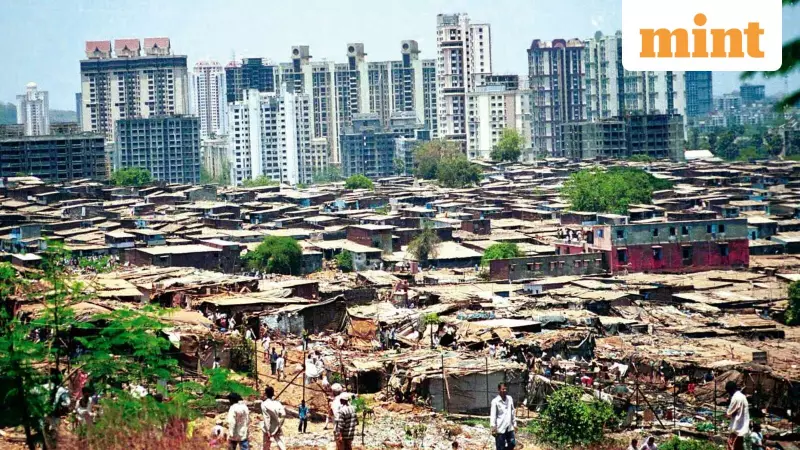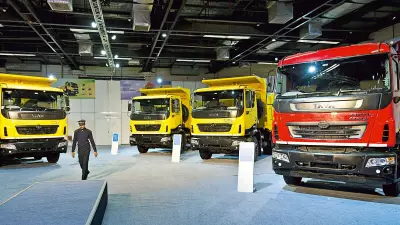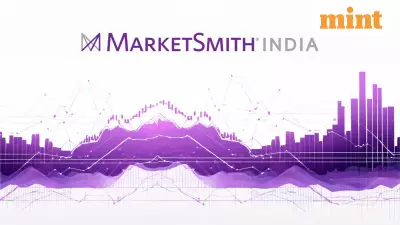
India is embarking on its first comprehensive household income survey in decades, but experts warn it may not resolve longstanding questions about poverty and inequality in the country. The National Statistical Office (NSO) has initiated this groundbreaking effort despite significant challenges in data collection and reliability.
Historical Challenges in Income Data Collection
The NSO recently released a Brief Report on Pre-testing of Schedule of Household Income Survey for public feedback, marking a significant step toward understanding India's economic landscape through income data rather than traditional consumption metrics. This survey represents a departure from the NSSO's historical focus on consumption expenditure, which has been the primary method for measuring poverty since the organization's inception.
Previous attempts to collect income data have consistently revealed substantial difficulties. The most serious prior effort occurred during the 38th round from September 1983 to December 1984, when pilot surveys were conducted in Haryana, Maharashtra, Orissa, Tamil Nadu, Uttar Pradesh, Delhi, and Calcutta. The results were telling: income estimates consistently fell 30-40% below the corresponding sum of consumption and savings in rural areas, though the gap narrowed to about 7% in urban centers and 12% in metropolitan cities.
Current Survey Limitations and Findings
The current pre-testing report confirms that historical challenges persist. An overwhelming 95% of respondents expressed discomfort disclosing their incomes, with most refusing to answer questions about income tax and jewelry ownership. The report also indicates a persistent pattern of under-reporting income compared to expenditures, particularly among certain demographic groups.
Salaried households demonstrate greater accuracy in reporting compared to non-salaried respondents. The most significant reporting discrepancies appear among cultivator households and those in the informal sector, where maintaining formal accounts is uncommon. The rise of pluri-activity (multiple income sources) and gig economy work further complicates accurate data collection.
Implications for Poverty and Inequality Measurement
Despite these limitations, the income survey represents a crucial development in understanding economic distribution in India. The data will provide the first comprehensive look at income patterns since 2011-12, offering valuable insights particularly given the comparability issues that have plagued recent consumption surveys.
However, the survey faces fundamental constraints in addressing poverty measurement. As the first official income distribution estimates, there is no historical baseline for comparison. Additionally, there is no established poverty line calibrated for income data, unlike the well-developed frameworks for consumption-based poverty measurement.
Experts anticipate that income-based measurements will likely reveal higher inequality levels than those indicated by consumption surveys. This finding could challenge prevailing narratives about India's economic equality and spark necessary discussions about wealth distribution in the world's most populous democracy.
The author, Himanshu, associate professor at Jawaharlal Nehru University and visiting fellow at the Centre de Sciences Humaines in New Delhi, emphasizes that while the survey may not resolve poverty measurement debates, it will enable much-needed examination of inequality in contemporary India.





